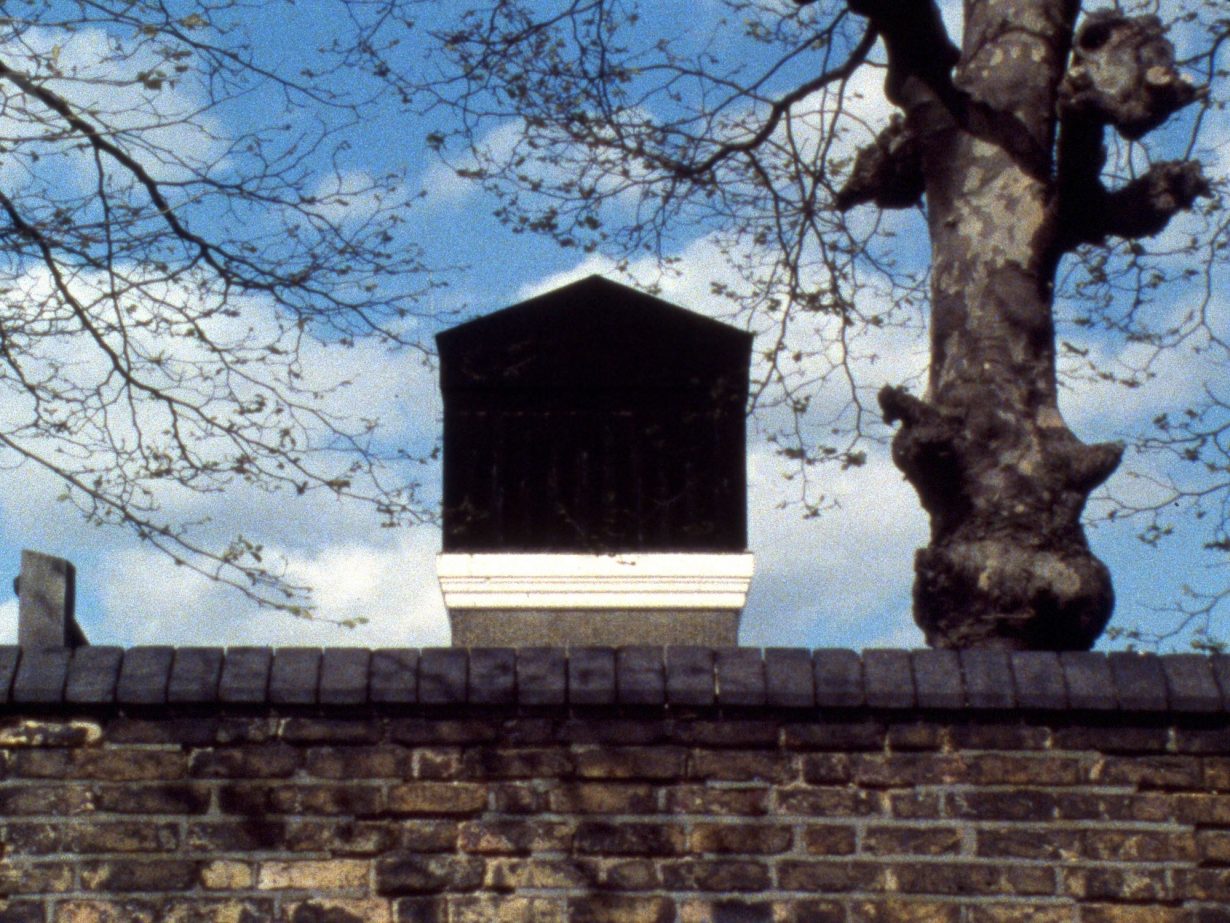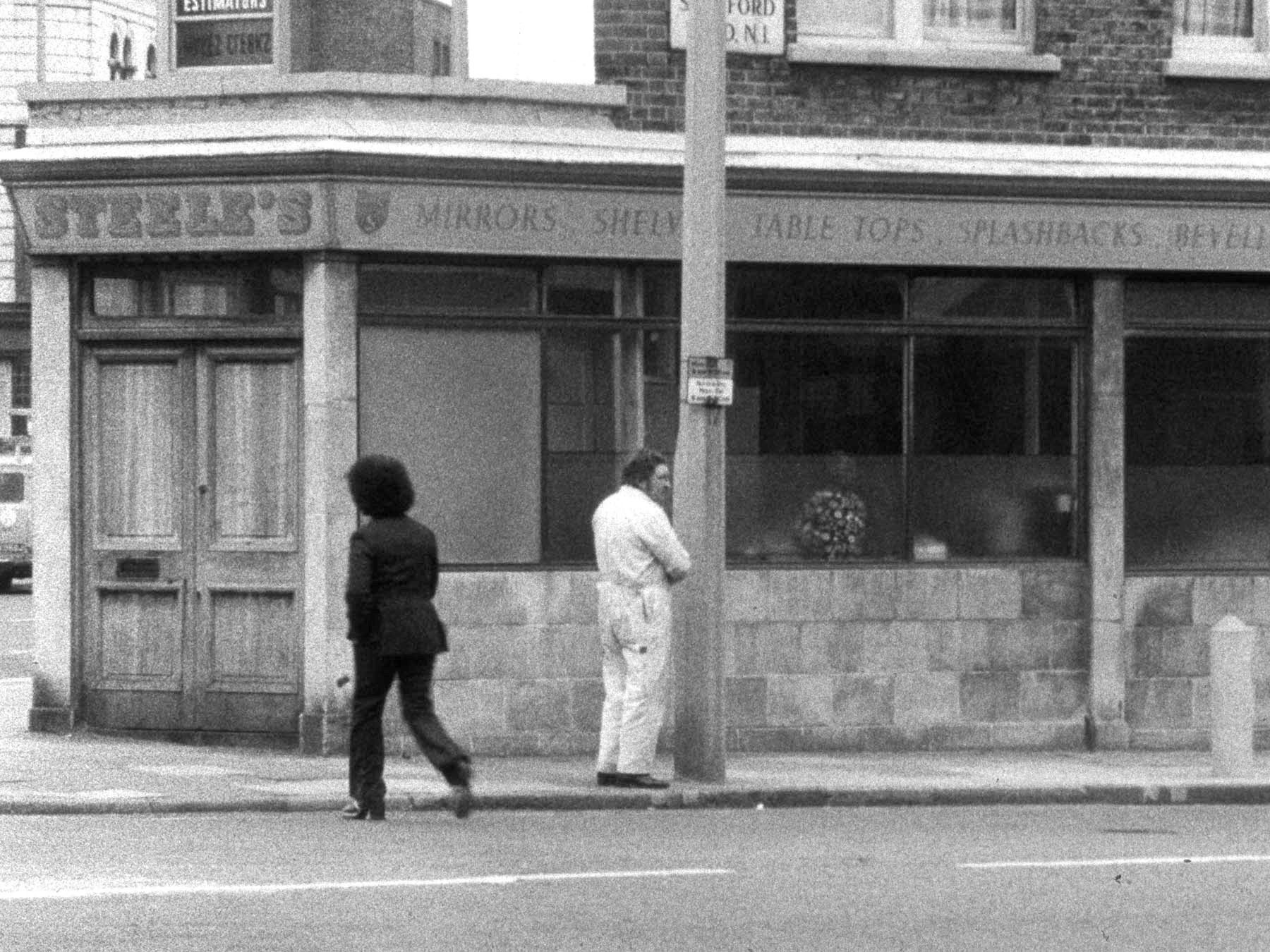From 2010: Smith develops forms of self-narration that complicate the naive assumption that greater technical transparency equates greater realism
What’s the usual mark of the seriousness of an artist’s reputation? A big solo show at a major institution, perhaps? Although isn’t it slightly gauche to then go and call your solo show Solo Show? Surely you can’t be serious.
Seriousness and flippancy, rigour and self-deprecation, turn at the heart of British filmmaker John Smith’s work, and the staging of this, the largest-ever retrospective of his work in the UK, is rich with institutional irony and critical self-consciousness. For this Solo Show is also the graduation show of the 14 students of the Royal College’s masters programme in curating, and their choice to commit all their resources to the celebration of a much underseen and undervalued artist (one who was once a student at the same college) deftly exposes the process of validation that a major show deploys. And in response, Smith’s precise, modest and wryly comic excursions into the structural and narrative artifices of filmmaking never disappoint.
What distinguishes Smith’s early films, from the 1970s (when he was still at the RCA), is their clear engagement with the structuralist approaches to filmic form that had emerged in the independent film movement of the late 1960s and early 70s while redirecting them towards a less austere, more humanised and playful encounter with everyday reality. Unlike the often grindingly sober, emotionless and self-referential early structuralist experiments in film and video (the kind of works where a video camera might point at a video monitor of its own feedback, or in which the optical soundtrack of film would be transferred to the visual frame, matching the technology of the image with that of its sound), Smith’s films always appear rooted in the homely banality of everyday suburban experience, which makes his impish short-circuiting of narrative and documentary modes all the more effective. In The Girl Chewing Gum (1976) a camera films a street in Hackney; off-screen, a voice appears to direct the actions of the various pedestrians and vehicles as they come into view, until it becomes ludicrously apparent that this voice is only narrating the actions that it pretends to direct (Smith’s geekishly nasal London accent demanding that birds fly across the shot, or instructing the hour hand of a clock to make one revolution every 12 hours, and so on).
Another classic is the 1975 Associations, in which a voiceover reads Herbert H. Clark’s staggeringly boring essay ‘Word Associations and Linguistic Theory’, while a series of odd images flash up in rapid sequence, tracking the repetitive key phrases of the essay. It’s only after a while that the repeated sequence of a donkey, a sewing machine, the sea and a group of Indian people triggers the realisation that the images correspond to homophones in the spoken text (‘associations’: ass-sew-sea-Asians, get it?). This gets particularly funny when the text hits the word ‘responses’ – an image of a group of Ron Burgundy-like moustachioed 1970s hipsters corresponding to the diverted homophone ‘ponces’.

It’s this mixture of conceptual interest, cultural informality and subversive scepticism towards narrative orthodoxy and authorial subjectivity that allows Smith’s work to endure past the period trends from which it emerged. Smith’s works from the 1980s further problematise the division between documentary and fiction, especially in The Black Tower (1985 –7), where an increasingly unbelievable narrator explains a growing obsession with a building that can be seen in the distance but never found, while in Slow Glass (1988–91), Smith fashions an ode to memory, transience and passing, moving from dramatic recreations of his own childhood memories to the apparently documentary mode of oral history, in which a narrator describes the disappearance of glassblowing craftsmanship, over deft time-lapsed scenes of 1980s urban decay and the emerging landscape of postindustrial London.
Smith’s work in the last two decades marks the general shift to digital video, and while this means that the more technical-formal materiality of cine film no longer commands the theoretical urgency it once did, Smith takes up video with relish. If Handycam amateurist authenticity would seem to be the antithesis of cineediting artifice, Smith develops forms of self-narration – talking off-camera while filming live – that complicate the naive assumption that greater technical transparency equates greater realism. In Home Suite (1993–4), the biographical commentary accompanying a tour of a house he inhabits verges on the improbable, while in Hotel Diaries (2001–7) Smith’s political and cultural musings fuse weirdly with his bored roaming of the various hotel interiors the travelling artist finds himself in. Ordinary life, Smith continuously points out, only looks banal and indifferent because the forms by which it is represented are often banal and indifferent; by attending to the artifice of image and narrative, Smith suggests that ordinary life is always as extraordinary as the representations by which we give shape to our understanding of it.
John Smith: Solo Show, Royal College of Art, London, 19 March – 13 April 2010
From the Summer 2010 issue of ArtReview – explore the archive.
